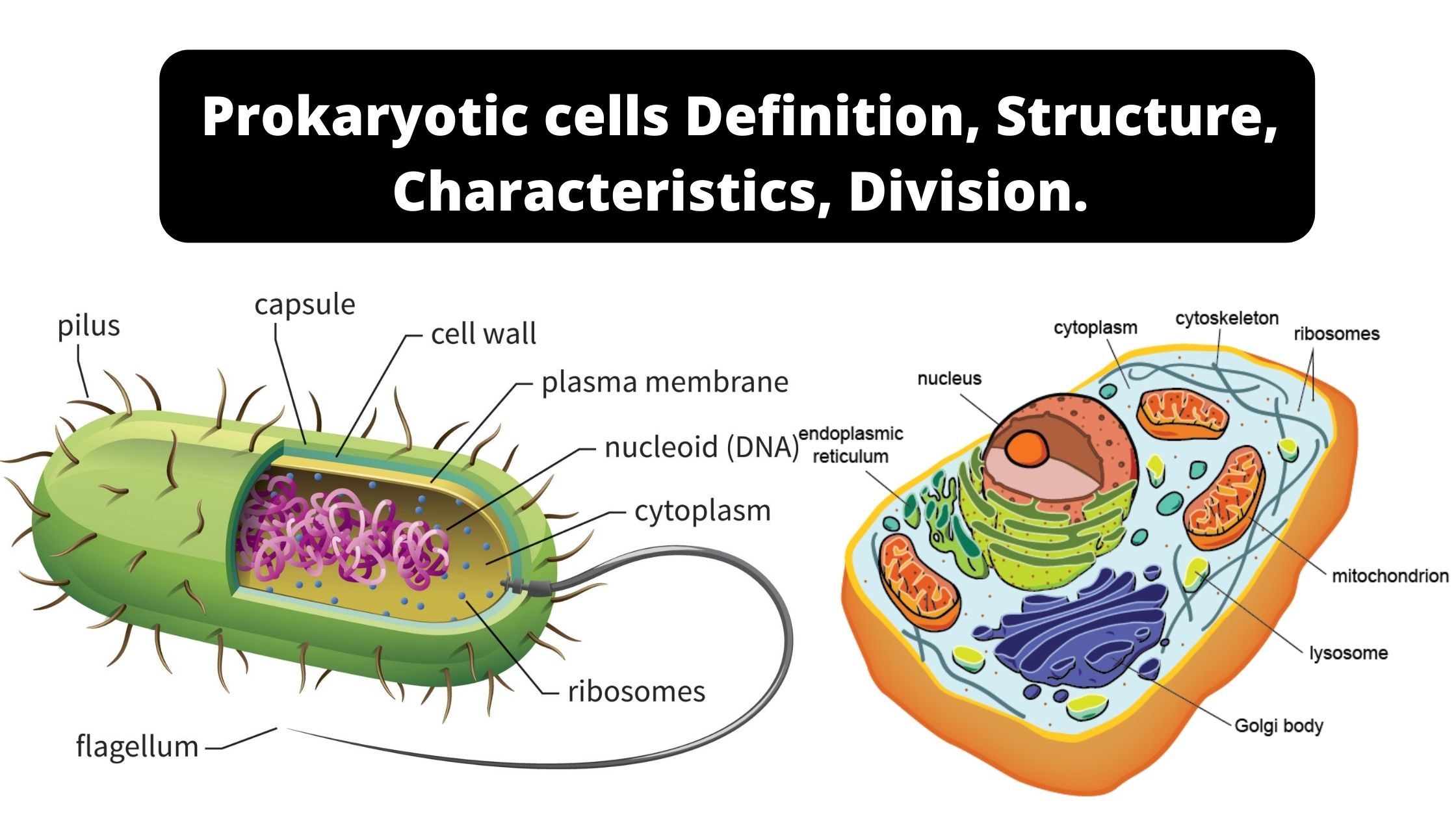However, at the average oceanic depth of sediment (500 m), the average cell concentration is still very substantial at ∼3 × 10 6 cm −3. The term prokaryotic has been derived from the.
The four basic shapes of bacteria are:

Prokaryotic cells etc. What is a eukaryotic cell? The prokaryotic cells are classified into two main domains: Prokaryotic cells are normally smaller than eukaryotic cells, with a.
Prokaryotic cells include bacteria, blue green algae, mycoplasma or pplo that is pkeuro pneumonia like organisms, rickettsiae and spirochaete. Prokaryotic cells can perform binary fission roughly every 24 24 hours, meaning they can reproduce exponentially fast all adult humans have about 0.2 kg 0.2 k g of bacteria in their digestive systems and on their skin; Eukaryotes include larger, more complex organisms such as plants and animals.
Prokaryotic cells share a basic structure composed of: Fetal and neonatal physiology (fourth edition), 2011 download as pdf about this page General biology lab report lab 4:
The prokaryotic cells have four main components: Eukaryotic cells have many chromosomes which undergo meiosis and mitosis during cell division, while most prokaryotic cells consist of just one circular chromosome. Prokaryotic organisms have varying cell shapes.
Prokaryotic cells comprise bacteria and archaea. There are several differences between them. Recent studies put the number of bacteria in our bodies as just about equal to the number of eukaryotic cells
Selective and permeable lipid barrier that distinguishes the inside of the cell from the outside. They are about 10% as wide as the eukaryotic cells of plants, animals or fungi. Prokaryotic cell in primordial prokaryotic cells, families of transport proteins arose to serve a variety of cellular functions, including the regulation of cell ph and the provision of carbohydrate for cellular energy.
Instead, it is stored in a nucleoid that floats in the cell’s cytoplasm. Most prokaryotes are unicellular and are either archaea or bacteria. Prokaryotic cells have various shapes;
On the other hand, eukaryotic cells are the organisms that have a nucleus. Prokaryotes divide via using binary fission, while eukaryotic cells divide via mitosis. Prokaryotic cells are smaller than eukaryotic cells in size.
Animals, plants, fungi, and protists are all eukaryotes— eu means true—and are made up of eukaryotic cells. Prokaryotic cells are not as complex as eukaryotic cells. The smallest bacteria, called mycoplasmas, can be as little as 0.1 μm in diameter.
Bacterial cells are unicellular prokaryotes with the fatty acid cell wall. All the cell organelles are suspended in it. A rigid and external barrier that provides support and tenacity to the cell, although it hinders its growth.
As the name indicates these cells are simple in structural organization and most primitive types. A prokaryotic cell is a primitive type of cell that is characterized by the absence of a nucleus. The decrease in prokaryotic cells (97%.
This is one of the domains of prokaryotes containing phytanyl in their cell wall instead of fatty acids. They have no true nucleus as the dna is not contained within a membrane or separated from the rest of the cell, but is coiled up in a region of the cytoplasm called the nucleoid. Their cells are smaller than eukaryotic cells.
Often, though—as in the case of we humans—there are some prokaryotic friends hanging around. Prokaryotic and eukaryotic cells name

Differences Between Prokaryotic And Eukaryotic Cells

Cellular Respiration In Prokaryotes | Overview, Process & Examples - Video & Lesson Transcript | Study.com
